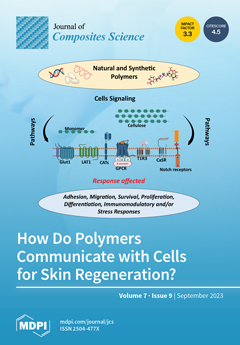Different cuprous oxide (Cu
2O) particle forms, including the octahedron, truncated octahedron, cube, and star-like forms, are synthesized through chemical reduction under different reaction conditions. The correlation between the morphology and the catalytic activity of hydrogen evolution reactions (HERs) is investigated. It
[...] Read more.
Different cuprous oxide (Cu
2O) particle forms, including the octahedron, truncated octahedron, cube, and star-like forms, are synthesized through chemical reduction under different reaction conditions. The correlation between the morphology and the catalytic activity of hydrogen evolution reactions (HERs) is investigated. It is discovered that the Cu
2O particles with a higher 111/100 facets (r) ratio have a higher oxidation resistance and higher activity in HER catalysis, as supported by the density functional theory (DFT) calculation results. This improvement is attributed to the fact that more Cu
+ terminated atoms on facet 111 provide more active sites, as measured using their electroactive area, as well as the lower H
2 adsorption energy on that facet. To enhance Cu
2O’s HER performance, cuprous oxide particles are deposited on reduced graphene oxide (rGO) through a hydrothermal method. XPS and XRD show a CuO layer on the composite surface, which reduces the Cu
2O corrosion in the reaction. Overall, Cu
2O/rGO composites exhibit a better particle distribution, increased active sites, and improved charge separation. The best electrocatalyst in this study is the Cu
2O/rGO with a star-shaped form, with an overpotential of −458 mV. Its improved performance is attributed to the presence of unsaturated active sites with a higher reactivity, such as the edges and corners. SEM studies of this composite after catalysis indicate that Cu
2O undergoes structural reconstruction during the reaction and reaches a more stable structure.
Full article





